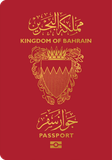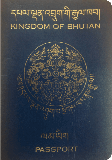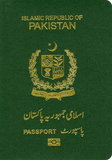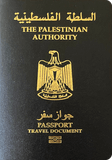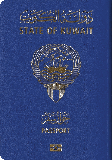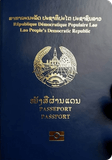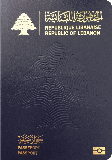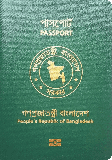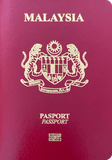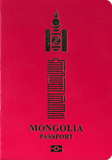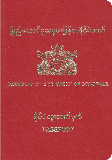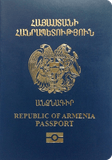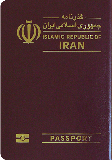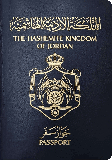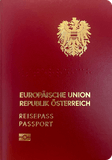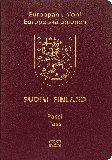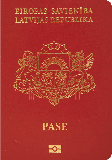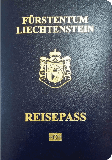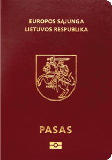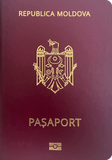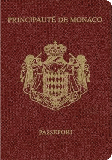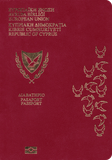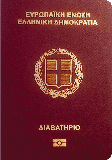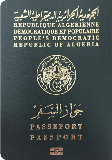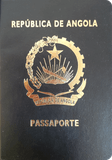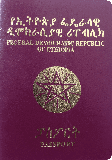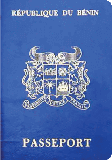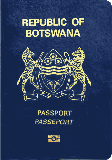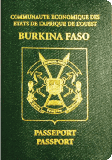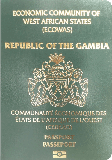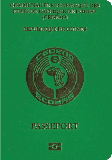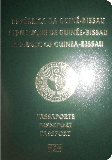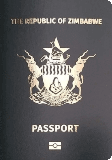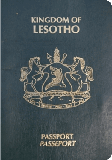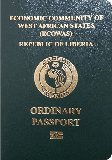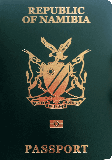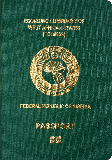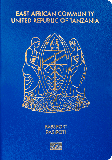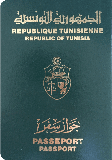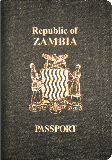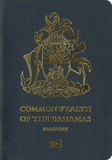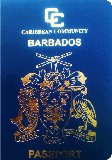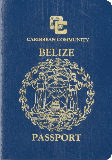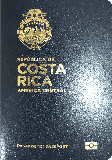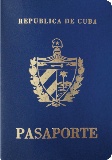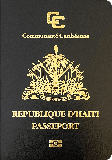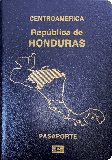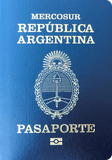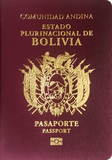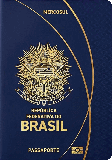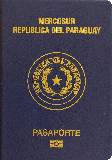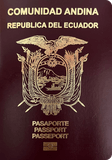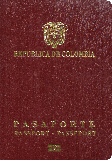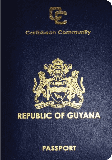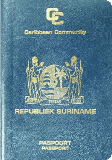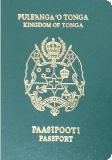Asia Regional Passport Asia
A total of 49 regions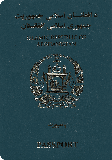
Afghanistan
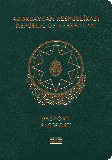
Azerbaijan
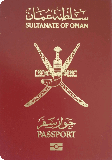
Oman
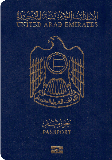
United Arab Emirates
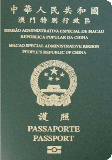
Macao

North Korea
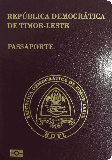
Timor-Leste
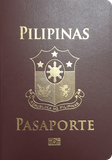
Philippines

Kazakhstan
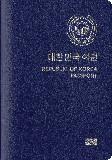
South Korea

Cambodia

Kyrgyzstan
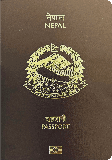
Nepal

Japan
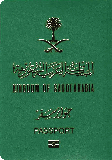
Saudi Arabia
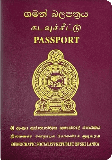
Sri Lanka
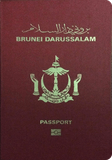
Brunei

Uzbekistan

China
Europe Regional Passport Europe
A total of 47 regions
Belarus

Belgium

Bosnia and Herzegovina

Bulgaria

Iceland

North Macedonia
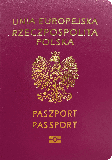
Poland

Russian Federation
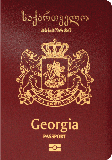
Georgia

Montenegro

Netherlands
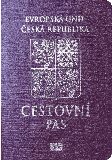
Czech Republic

Norway

Portugal

Sweden
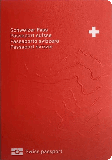
Switzerland
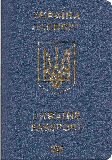
Ukraine

Italy

United Kingdom
Africa Regional Passport Africa
A total of 54 regions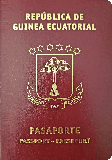
Equatorial Guinea
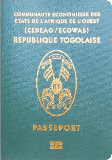
Togo
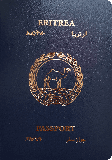
Eritrea

Cape Verde

Cameroon
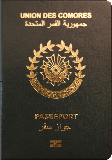
Comoros
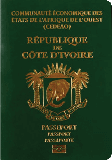
Cote d'Ivoire (Ivory Coast)
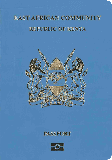
Kenya
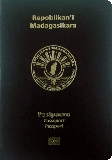
Madagascar
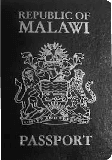
Malawi

Mali
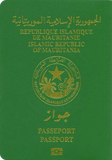
Mauritania
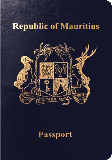
Mauritius

Morocco
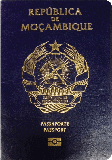
Mozambique
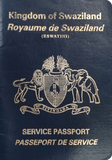
Eswatini

Sao Tome and Principe

Senegal

Seychelles

Sierra Leone

Somalia
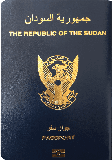
Sudan
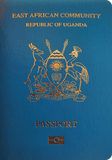
Uganda
North America Regional Passport North America
A total of 23 regions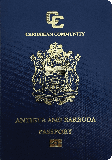
Antigua and Barbuda

Dominica
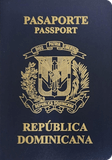
Dominican Republic
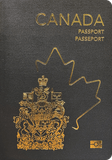
Canada
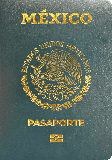
Mexico

United States of America
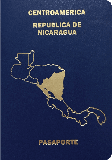
Nicaragua

El Salvador
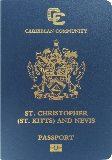
Saint Kitts and Nevis

Saint Lucia
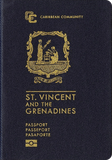
St. Vincent and the Grenadines
St. Vincent and the Grenadines
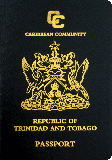
Trinidad and Tobago
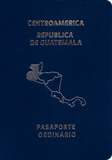
Guatemala

Jamaica
South America Regional Passport South America
A total of 12 regionsOceania Regional Passport Oceania
A total of 14 regions
Australia

Papua New Guinea
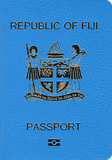
Fiji

Kiribati
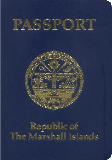
Marshall Islands

Micronesia
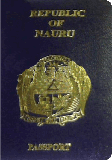
Nauru
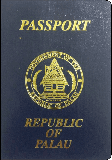
Palau

Samoa

Solomon Islands
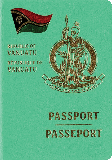
Vanuatu

New Zealand
Asia Regional Passport Asia
A total of 49 regions
Hong Kong

Nepal

North Korea

Oman

Qatar

Saudi Arabia
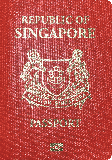
Singapore

South Korea

Sri Lanka
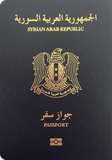
Syria

Taiwan

Tajikistan

Thailand

Timor-Leste

Türkiye
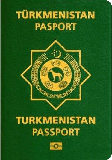
Turkmenistan

United Arab Emirates

Uzbekistan
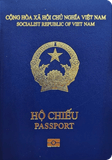
Viet Nam
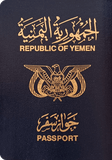
Yemen
Europe Regional Passport Europe
A total of 47 regions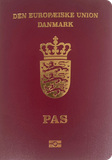
Denmark

Estonia
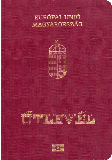
Hungary
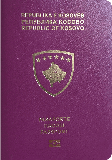
Kosovo
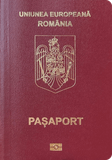
Romania

Russian Federation

San Marino

Serbia
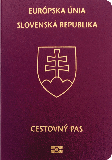
Slovakia

Slovenia

Spain

Sweden

Switzerland

Ukraine

United Kingdom
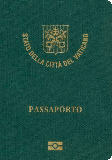
Vatican City
Africa Regional Passport Africa
A total of 54 regions
Cameroon

Cape Verde
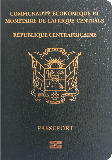
Central African Republic
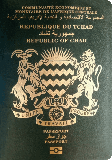
Chad

Comoros
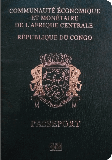
Congo
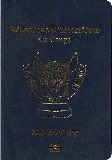
Congo (Dem. Rep.)

Cote d'Ivoire (Ivory Coast)
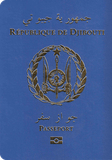
Djibouti

Kenya

Madagascar

Malawi

Mali

Mauritania

Mauritius

Morocco

Mozambique

Rwanda

Sao Tome and Principe

Senegal

Seychelles

Sierra Leone

Somalia
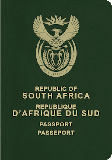
South Africa
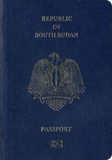
South Sudan

Sudan

Uganda
North America Regional Passport North America
A total of 23 regions
Antigua and Barbuda

Dominica

Dominican Republic

El Salvador

Jamaica

Mexico

Nicaragua
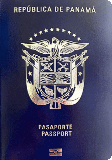
Panama

Trinidad and Tobago

United States of America
South America Regional Passport South America
A total of 12 regionsOceania Regional Passport Oceania
A total of 14 regions
Australia

Fiji

Kiribati

Marshall Islands

Micronesia

Nauru

New Zealand

Palau

Papua New Guinea

Samoa

Solomon Islands

Vanuatu
Passport Introduction
A passport is an official document issued by a country to its citizens, certifying their nationality and identity when they travel abroad or reside in foreign countries. It serves as a travel permit for citizens to pass through international ports around the world. Some countries also issue travel documents that can be used in place of passports. In China, passports are categorized into diplomatic passports, official passports, ordinary passports, and special administrative region (SAR) passports. Ordinary passports are further divided into official ordinary passports and private ordinary passports. The validity of a passport does not exceed five years, and it can be extended twice before expiration, with each extension not exceeding five years. In China, the authorities responsible for issuing passports domestically are the Ministry of Foreign Affairs and agencies authorized by the Ministry of Foreign Affairs and the Ministry of Public Security. Overseas, these documents are issued by Chinese diplomatic missions, consular offices, and agencies authorized by the Ministry of Foreign Affairs.
Passport Categories
Chinese passports are classified into: diplomatic passports, official passports, official ordinary passports (formerly known as public ordinary passports), ordinary passports, Hong Kong SAR passports, and Macau SAR passports.
Diplomatic passports, official passports, and official ordinary passports are collectively referred to as \"official passports\" and are valid for a maximum of five years.
Ordinary passports, commonly known as \"private passports,\" have validity periods of either five or ten years. They are issued by the Ministry of Public Security or its authorized local public security authorities, as well as by Chinese embassies, consulates, and the offices in Hong Kong and Macau, to Chinese citizens traveling abroad for non-official reasons such as settlement, family visits, study, employment, tourism, or business activities.
The Hong Kong Special Administrative Region passport is issued by the Hong Kong Immigration Department to Chinese citizens who have the right of abode in Hong Kong and hold a valid Hong Kong Permanent Resident Identity Card. Eligible individuals overseas may apply through Chinese diplomatic missions.
The Macau Special Administrative Region passport is issued by the Macau Identification Bureau to Chinese citizens who are permanent residents of Macau and hold a Macau Permanent Resident Identity Card.
The People's Republic of China Travel Document (commonly referred to as the Travel Document) is an international travel document used in place of a passport. It is issued by Chinese diplomatic missions, consular offices, and other overseas agencies authorized by the Ministry of Foreign Affairs to the following individuals: 1. Compatriots from Hong Kong, Macau, and Taiwan who do not hold a Mainland Travel Permit for Hong Kong and Macau Residents or a Mainland Travel Permit for Taiwan Residents and need to return to the mainland; 2. Taiwanese compatriots who are unable to apply for a foreign visa with their Taiwan travel documents; 3. Chinese citizens who are unable to apply for a passport due to time constraints or other limiting conditions.
Visa Introduction
A visa is a permit issued by a government authority in accordance with its national laws to foreigners who apply to enter, exit, or transit through the country.
According to the principles of international law, any sovereign state has the right to independently decide whether to allow foreigners to enter or leave its country, and the right to issue visas, refuse visas, or revoke already issued visas in accordance with its national laws.
Visas are usually attached to the passport or other international travel documents held by the applicant. Under special circumstances, a valid passport or other international travel document can be used to issue a visa on a separate sheet. With technological advancements, some countries have begun issuing electronic visas and biometric visas, significantly enhancing the anti-counterfeiting function of visas.
Visas play an important role in a country's control of inbound and outbound personnel, protection of national security, prevention of illegal immigration and criminals, and more.
Visa Categories
Visas in countries around the world are generally divided into two categories: entry visas and transit visas, with some countries also having exit visas. Chinese visas are divided into entry visas and transit visas.
Entry Visa
An entry visa permits the holder to enter the country within a specified period through open or designated ports. Chinese entry visas take effect from the date of issuance, while some countries explicitly state the effective date of the entry visa.
Transit Visa
A transit visa permits the holder to pass through the country within a specified period via open or designated ports en route to a third country. To obtain a transit visa, one must first secure a valid entry visa or permit from the destination country (except for visa-exempt countries). According to international practice, passengers with connecting tickets who transit directly through an airport without leaving it within 24 hours are generally exempt from visa requirements, but some countries still require foreigners transiting through their country to obtain a transit visa.
Exit Visa
An exit visa permits the holder to leave the country through open or designated ports. Some countries do not restrict the exit port. Many countries, including China, have abolished exit visas, allowing foreigners to leave the country with valid documents within the permitted stay period or the validity period of their residence documents.
Other Categories
Some countries also have entry-exit visas, exit-entry visas, and re-entry visas. These categories are not present in the current Chinese visa system.
A port visa refers to a visa issued by a country's visa authority at the port of entry to foreigners who have already arrived, allowing them to enter the country promptly to handle urgent matters. Countries that implement port visas have established conditions and procedures for applying for them. Some countries refer to port visas as landing visas, and the procedures for obtaining a landing visa are relatively simple.

